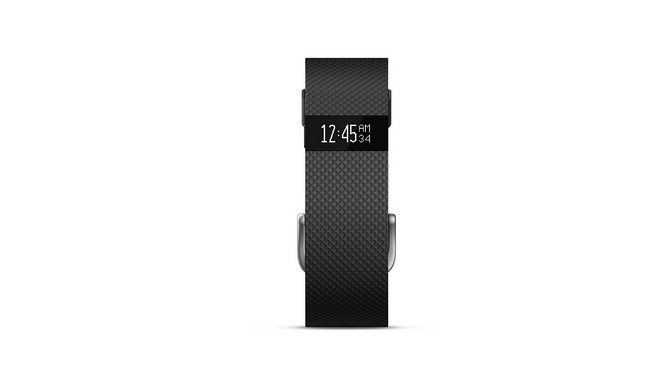Well, here’s a reason to wear a Fitbit I bet the company hadn’t really considered.
A 42-year-old New Jersey man had a seizure at work, went to the emergency room and sought urgent. After the initial exam, the ER doctors and nursing staff noticed his Fitbit. The case was reported in an article in the Annals of Emergency Medicine.
The man arrived at the ER about 20 minutes after he had the seizure. He had no history of cardiac issues, but this “self-limited grand mal seizure” lasted roughly a minute. He was “awake and aware” during the initial assesment, and his results were “essentially normal.”
Then they noticed his Fitbit.
During the patient’s examination, it was noted that he was wearing a wrist activity tracker (Fitbit Charge HR, Fitbit, San Francisco, CA), which was synchronized with an application on the patient’s smartphone, recording his pulse rate as part of a fitness program. The application was accessed on the patient’s smartphone and revealed a baseline pulse rate between 70 and 80 beats/min, with an immediate persistent increase to a range of 140 to 160 bpm at the approximate time of the patient’s seizure. The pulse rate remained elevated until administration of the diltiazem in the field.
They used the Fitbit and the data synched on the patient’s phone to determine the “onset time for his atrial fibrillation was established as 3 hours before ED presentation,” and therefore indicated he was a prime candidate for rhythm conversion. He had the procedure, and he is now fine.
The report indicates that this might be the first time a fitness tracker has ever been used in this way.
To our knowledge, this is the first report to use the information in an activity tracker–smartphone system to assist in specific medical decision making. The increased use of these devices has the potential to provide clinicians with objective clinical information before the actual patient encounter.
This story is nuts. The Fitbit the patient was wearing? A Fitbit Charge HR.

